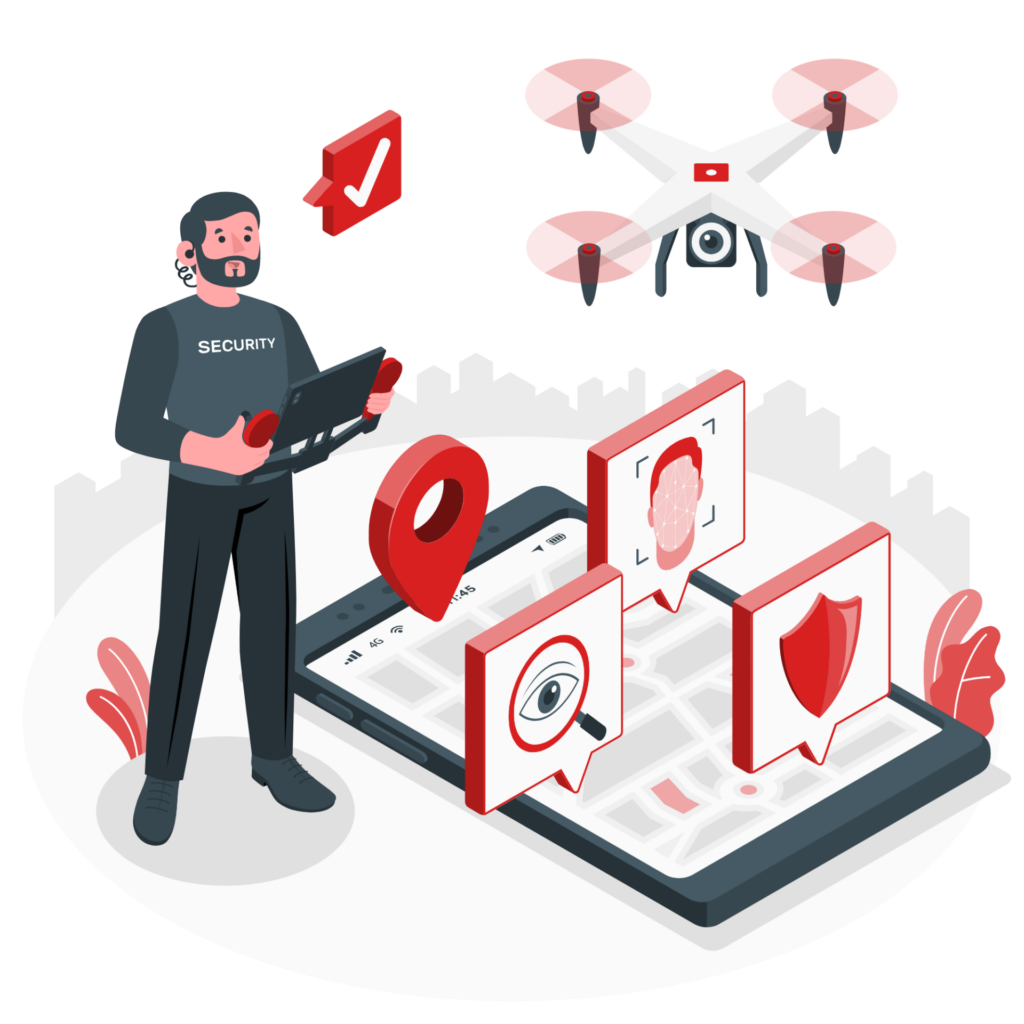Industries are increasingly adopting smart technologies to elevate their operational efficiency. This shift is particularly evident in the GCC and MENA regions, where businesses are leveraging innovations to streamline processes and gain a competitive edge. Among these innovations, digital twins stand out as a transformative tool in warehouse management. Let’s delve into how digital twins are reshaping warehouse operations, their benefits, and the challenges they present.
What Is Warehouse Management?
Warehouse management is a structured approach to overseeing the movement, storage, and organization of physical goods within a warehouse. It focuses on optimizing layouts, tracking inventory, and ensuring smooth day-to-day operations, including:
- Receiving: Accepting and inspecting goods from suppliers.
- Stock Placement: Allocating items to appropriate locations for efficient retrieval.
- Storage: Organizing goods to maximize space utilization.
- Picking and Packing: Preparing items for shipment.
- Shipping: Ensuring timely delivery to customers.
Effective warehouse management not only streamlines operations but also enhances profitability by minimizing errors, reducing costs, and increasing return on investment (ROI).
Digital Warehouse Management: The Game Changer
Traditional warehouse management methods are giving way to digital technologies like IoT, AI, robotics, and digital twins. These technologies bring automation and real-time insights to warehouse operations, enabling businesses to enhance efficiency, productivity, and profitability.
Digital twins, in particular, have emerged as a cornerstone of this digital transformation. By creating a virtual replica of the warehouse, they provide real-time insights into operations, simulate scenarios, and enable data-driven decisions.
Understanding Digital Twins in Warehouse Management
A digital twin is a virtual model of a physical system, in this case, a warehouse. It mirrors the warehouse’s layout, inventory, and processes, allowing for advanced simulations, monitoring, and analysis. Industries like manufacturing, petrochemicals, energy, and utilities are increasingly adopting digital twins to minimize costs and improve operational efficiency.
In warehouse management, digital twins enable businesses to:
- Simulate operations for better planning.
- Monitor inventory levels and equipment performance in real-time.
- Optimize layouts and workflows for maximum efficiency.
Key Benefits of Digital Twins in Warehousing
1. Scenario Testing for Optimized Planning
Digital twins use advanced simulation tools to test various scenarios, such as:
- Adjusting automation levels.
- Reallocating labor resources.
- Redesigning equipment layouts.
By running “What if” scenarios, warehouse managers can identify inefficiencies, experiment with new storage arrangements, and implement workflow strategies to optimize operations.
2. Real-Time Monitoring and Control
IoT sensors integrated with digital twins provide real-time data on:
- Inventory levels.
- Equipment health.
- Temperature and humidity conditions.
This level of monitoring enables warehouse managers to address issues proactively, ensuring smooth operations and minimizing bottlenecks.
3. Enhanced Safety and Risk Mitigation
Safety is a top priority in warehouse operations. Digital twins play a critical role in:
- Identifying unsafe temperature or humidity levels for stored goods.
- Detecting unauthorized access to restricted areas.
- Alerting managers to potential hazards, such as spills or leaks.
These features significantly reduce the risk of accidents and ensure compliance with safety regulations.
4. Improved Uptime and Cost Efficiency
Real-time data from sensors helps prevent equipment failures by enabling condition-based maintenance. This reduces downtime, avoids costly repairs, and enhances overall productivity. By addressing issues before they escalate, businesses can save on emergency repair costs and extend the lifespan of equipment.
5. Data-Driven Decision-Making
Digital twins collect vast amounts of data from simulations and real-world operations. This data can be analyzed to:
- Optimize material handling processes.
- Improve storage management.
- Control costs more effectively.
With actionable insights, businesses can make decisions based on evidence rather than assumptions, leading to more efficient operations and higher ROI.
Reduce downtime by 20% with real-time asset monitoring

Challenges in Adopting Digital Twins
While digital twins offer numerous benefits, their adoption comes with challenges that businesses must address:
1. Ensuring Data Quality
The accuracy of a digital twin depends on the quality of the data it uses. Incomplete or outdated data can lead to incorrect simulations and poor decision-making. Implementing robust data governance practices is essential.
2. High Installation Costs
Implementing a digital twin involves significant investment in IoT sensors, software systems, and maintenance. While the long-term benefits outweigh the costs, initial budgeting can be a barrier for smaller organizations.
3. Training and Skill Development
Warehouse staff need specialized training to operate and maintain digital twin systems. This requires additional time and financial resources, making it crucial for organizations to prioritize skill development.
4. Cybersecurity Risks
Digital twins rely on vast amounts of sensitive data, making them vulnerable to cyber threats. Businesses must implement robust security measures, such as encryption and regular system audits, to protect their data.
Applications of Digital Twins Across Industries
Digital twins are not limited to warehouse management; their versatility makes them invaluable across various sectors:
1. Manufacturing
In manufacturing, digital twins help engineers design and test new products virtually before production begins. This reduces costs, speeds up time-to-market, and improves product quality.
2. Supply Chain Management
Logistics companies use digital twins to optimize warehouse layouts, improve packaging processes, and ensure ideal environmental conditions for stored goods.
3. Healthcare
Digital twins are revolutionizing healthcare by modeling patients’ genomic codes and physiological traits. This enables personalized treatments and improves patient outcomes.
Why Digital Twins Are Transformative
The integration of digital twins in warehouse management marks a paradigm shift in how businesses operate. By bridging the gap between the physical and digital worlds, digital twins enable:
- Seamless integration of data and physical assets.
- Enhanced collaboration across teams.
- Faster adaptation to market changes.
As industries in GCC and MENA regions embrace digital transformation, technologies like digital twins are becoming indispensable for staying competitive in a fast-paced business environment.
Closing Thoughts
Digital twins represent the future of warehouse management, offering unparalleled insights and efficiency. While challenges like installation costs and data security must be addressed, the benefits far outweigh the hurdles. For industries looking to stay ahead in the digital age, adopting digital twin technology is not just an option, it’s a necessity.

Ready to revolutionize your warehouse operations? Partner with CODA for state-of-the-art digital twin solutions.


